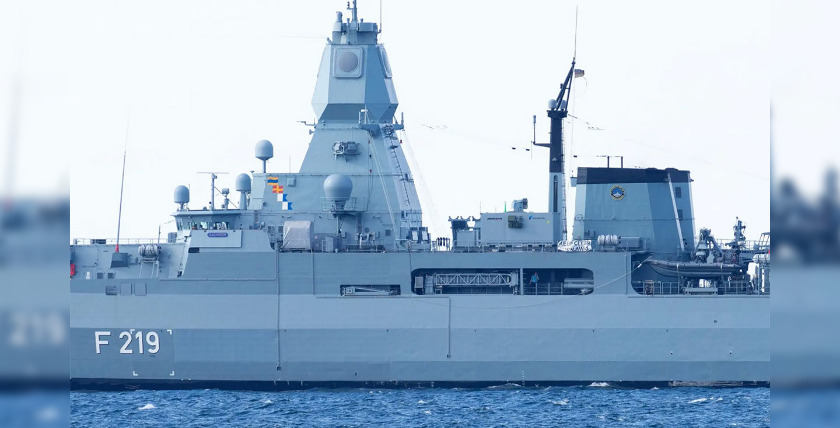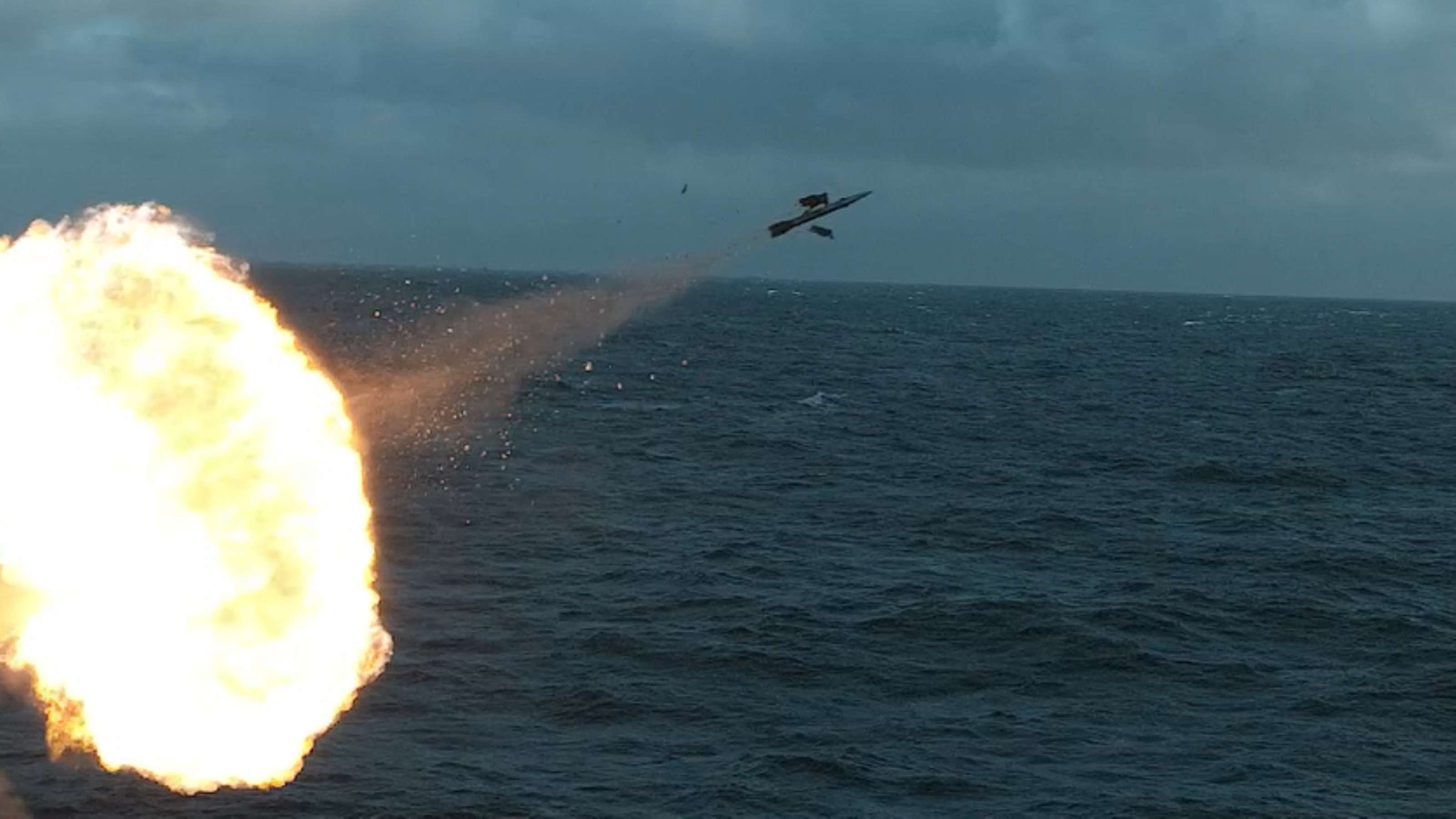East-German shipyard Bolle has laid the keel for the prototype of the "Elektrospatz" two weeks ago - an entirely battery-electric version of the WSV's "Spatz" river workboats.
"Spatz" are small 15-16m vessels that typically push a similar-sized 13-14m barge for riverine general work duties, primarily in an Aids-to-Navigation role as river buoy tenders. The USCG has a 20m river buoy tender (65-ft WLR) that's broadly comparable in operation, although it only works ATON specifically, uses larger barges, has full accomodation of a larger crew, a longer range... and wouldn't be able to work in most German rivers. Unlike USCG buoy tenders the "Spatz" tend to be a bit more flexibly laid out, and also fill various patrol duties and act as survey boats.
WSV, i.e. the German Waterways Administration - effectively the German civilian counterpart of the US Army Corps of Engineers with the ATON duties of the US Coast Guard - runs about 130 of these as their default local station boats in their river districts, with plans to procure up to 100 more to replace older boats. Procurement of "Spatz" is not in batches but continuous as local districts retire older boats, and has been going on since the mid 90s.
Official requirements for the "Elektrospatz" are, also describing the missions for such vessels:
Per default a "Spatz" is a ca 15m boat with dimensions laid out such that it can operate on virtually every river and canal in Germany without reservations. It is laid out for single-man operation, and depending on role sails with a crew of 1 to 3 men. It does have a small ca 10 m² workdeck to the aft and carries some standard tools, but typically does not have anything like a crane or other role-specific equipment mounted on the ship itself. Typically then run a propulsion between 100 and 200 kW for top speeds around 10-11 knots.
Depending on local requirements they are built slightly differently (e.g. added workspaces) and with different propulsion, hence relatively adaptable to just throwing in an electric engine. Most WSV districts run their local stations with a single "Spatz" and a set of 2-3 barges it can switch between for role-specific equipment. A local station typically tends to about 50 to 100 km river length, although there are districts in East Germany with larger AoRs.
The design of all WSV ships is done inhouse. Most Spatz vessels were built by shipyard Barthel, although the design remains with WSV and they can choose what shipyard they want to realize it (in this case Bolle).
Below: Elektrospatz computer design posted by WSV on Twitter in - i think - 2019. They have since deleted their Twitter account due to a renaming, thus losing this post.
If that's still current it looks like in this case they opted for omitting the aft workdeck in favour of expanding internal accomodation/workspace in the lower deck.

The prototype "Elektrospatz" will be operationally deployed by the "West-German Canals" district of WSV, i.e. on the canals through and north of the Ruhr area.
"Spatz" are small 15-16m vessels that typically push a similar-sized 13-14m barge for riverine general work duties, primarily in an Aids-to-Navigation role as river buoy tenders. The USCG has a 20m river buoy tender (65-ft WLR) that's broadly comparable in operation, although it only works ATON specifically, uses larger barges, has full accomodation of a larger crew, a longer range... and wouldn't be able to work in most German rivers. Unlike USCG buoy tenders the "Spatz" tend to be a bit more flexibly laid out, and also fill various patrol duties and act as survey boats.
WSV, i.e. the German Waterways Administration - effectively the German civilian counterpart of the US Army Corps of Engineers with the ATON duties of the US Coast Guard - runs about 130 of these as their default local station boats in their river districts, with plans to procure up to 100 more to replace older boats. Procurement of "Spatz" is not in batches but continuous as local districts retire older boats, and has been going on since the mid 90s.
Official requirements for the "Elektrospatz" are, also describing the missions for such vessels:
- dimensions and layout as "Spatz"
- primarily daytime operations with 8-9 hour single-watch shift; multi-day operations for signalling watches with local recharging point
- no operations in ice
- range of minimum 100 km, minimum speed 12 km/h (6.5 knots) when pushing barges
- operations near river locks with high navigation precision and twin engine layout
- 75% of operations pushing a 20-ton barge as default operation; capability to push 100-ton barges for transport for at least 35 km
- also solo operation of vessel (i.e. don't put the batteries on the barge...) for survey and patrol
- emergency assistance and securing (of evidence)
Per default a "Spatz" is a ca 15m boat with dimensions laid out such that it can operate on virtually every river and canal in Germany without reservations. It is laid out for single-man operation, and depending on role sails with a crew of 1 to 3 men. It does have a small ca 10 m² workdeck to the aft and carries some standard tools, but typically does not have anything like a crane or other role-specific equipment mounted on the ship itself. Typically then run a propulsion between 100 and 200 kW for top speeds around 10-11 knots.
Depending on local requirements they are built slightly differently (e.g. added workspaces) and with different propulsion, hence relatively adaptable to just throwing in an electric engine. Most WSV districts run their local stations with a single "Spatz" and a set of 2-3 barges it can switch between for role-specific equipment. A local station typically tends to about 50 to 100 km river length, although there are districts in East Germany with larger AoRs.
The design of all WSV ships is done inhouse. Most Spatz vessels were built by shipyard Barthel, although the design remains with WSV and they can choose what shipyard they want to realize it (in this case Bolle).
Below: Elektrospatz computer design posted by WSV on Twitter in - i think - 2019. They have since deleted their Twitter account due to a renaming, thus losing this post.
If that's still current it looks like in this case they opted for omitting the aft workdeck in favour of expanding internal accomodation/workspace in the lower deck.

The prototype "Elektrospatz" will be operationally deployed by the "West-German Canals" district of WSV, i.e. on the canals through and north of the Ruhr area.
Last edited:





